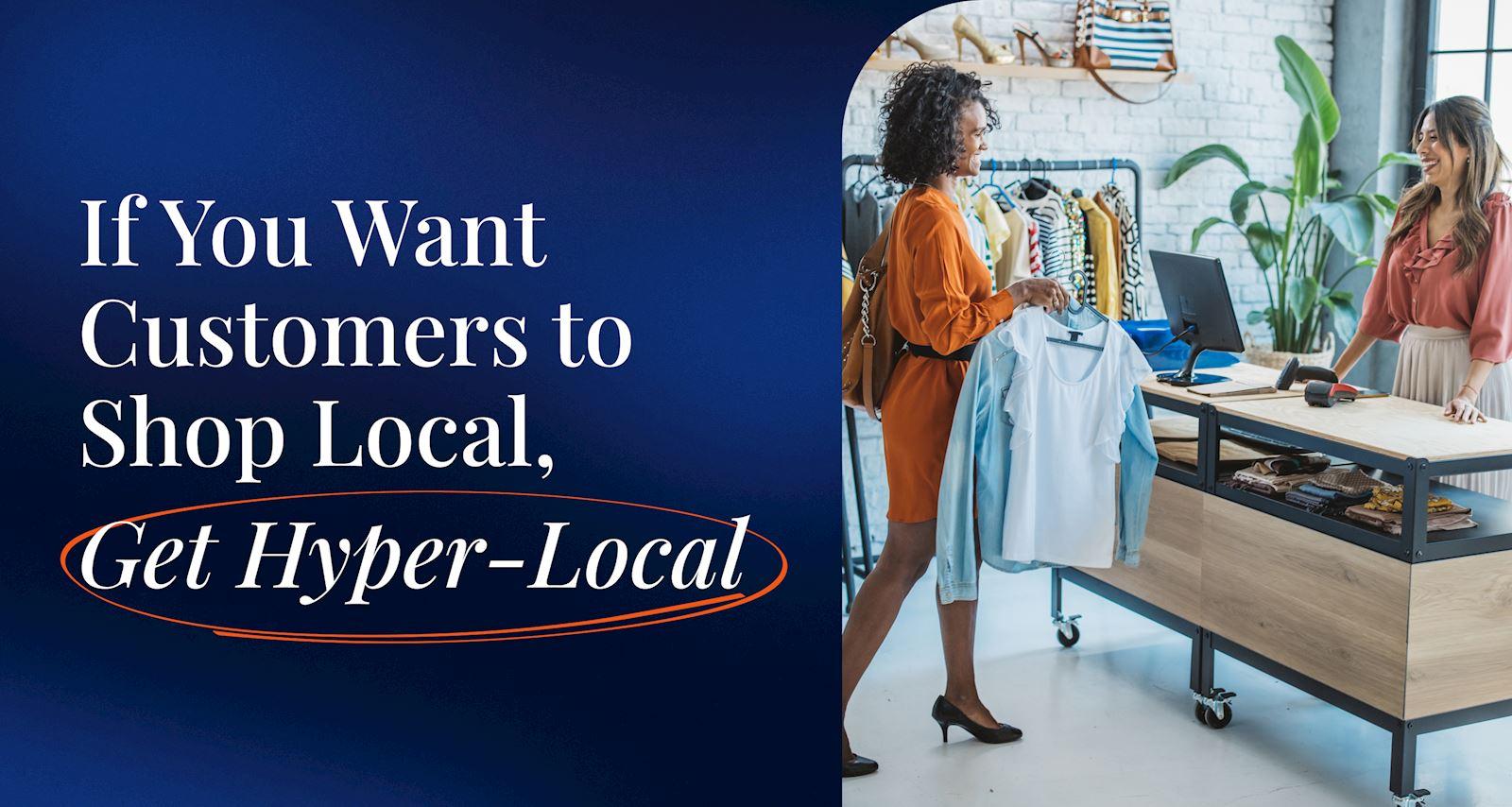How to Drive More In-Store Sales Through Hyper-Local Search Ads
Published by Spinutech on February 4, 2025

If you want people to shop local, get hyper-local.
Hyper-local search ads are a must-have marketing tool for any business looking to grow in-store sales, targeting customers within close proximity and offering personalized solutions.
Hyper-local search ads enable businesses to maximize their marketing budgets by focusing their ad spend on high-intent, location-specific searches. These ads ensure you’re reaching the right customers at the right time, driving measurable results without unnecessary waste.
5 Strategies for Launching Hyper-Local Search Ads
Maximizing the potential of hyper-local search ads starts with your strategy.
Here are five strategies that will not only enhance the effectiveness of your campaigns but also ensure your ads resonate with high-intent local audiences:
1. Geofencing & Micro-Location Targeting
Geofencing allows businesses to create virtual boundaries around specific areas, delivering ads when potential customers enter these zones. By setting tight radiuses around your store location using precise latitude and longitude coordinates, you can:
- Target customers who are most likely to visit your store.
- Increase store visits by up to 122%.
- Improve click-through rates by up to 16%.
2. Local Inventory Ads (LIA) Optimization
Local Inventory Ads (LIAs) showcase in-store product availability, connecting online searches with your physical inventory. LIAs not only drive foot traffic but also ensure that customers know exactly what’s available before they arrive, reducing friction in the purchase process.
To optimize LIAs:
- Use product feeds specific to your store’s inventory.
- Target search terms like “near me,” “available now,” and “pick up now.”
3. Voice Search for Local Queries
The rise of voice-activated devices has transformed how people search for local businesses.
Optimizing for voice search means:
- Incorporating location-specific terms and natural language patterns into your ad content.
- Targeting voice-friendly phrases like “near me” and “where can I buy [product]?”
With 76% of people who search for nearby businesses on their phones visiting at least one within 24 hours, capturing voice search traffic can translate directly into in-store sales.
4. Google Maps & Local Pack Integration
Appearing in Google Maps and the Local Pack is essential for businesses with a physical presence. Integrating your Google Business Profile with search campaigns enables you to appear in Google Maps ad placements and leverage location targeting for maximum visibility.
Since 46% of all searches have local intent, ensuring your profile is up-to-date and optimized for location-based queries is critical for driving foot traffic to your store.
5. Localized Ad Customization & Personalization
Personalized ads resonate more with consumers and make your campaigns more effective.
To implement localized customization:
- Use dynamic headline creative that includes the searcher’s location.
- Incorporate Google Ads’ location insertion tool into your ad copy to automatically adapt text based on the user’s location.
Personalized and localized content has been shown to increase engagement by up to 70% while reducing marketing expenses by 25-40%.
Bridge the Gap Between Online Engagement and In-Store Sales
By leveraging hyper-local search ad strategies, you can capture high-intent shoppers and drive meaningful results. In today’s competitive paid search space, investing in hyper-local search ads is necessary for achieving sustained growth and success.
If you need a paid media expert to guide your hyper-local search strategy, let's chat.